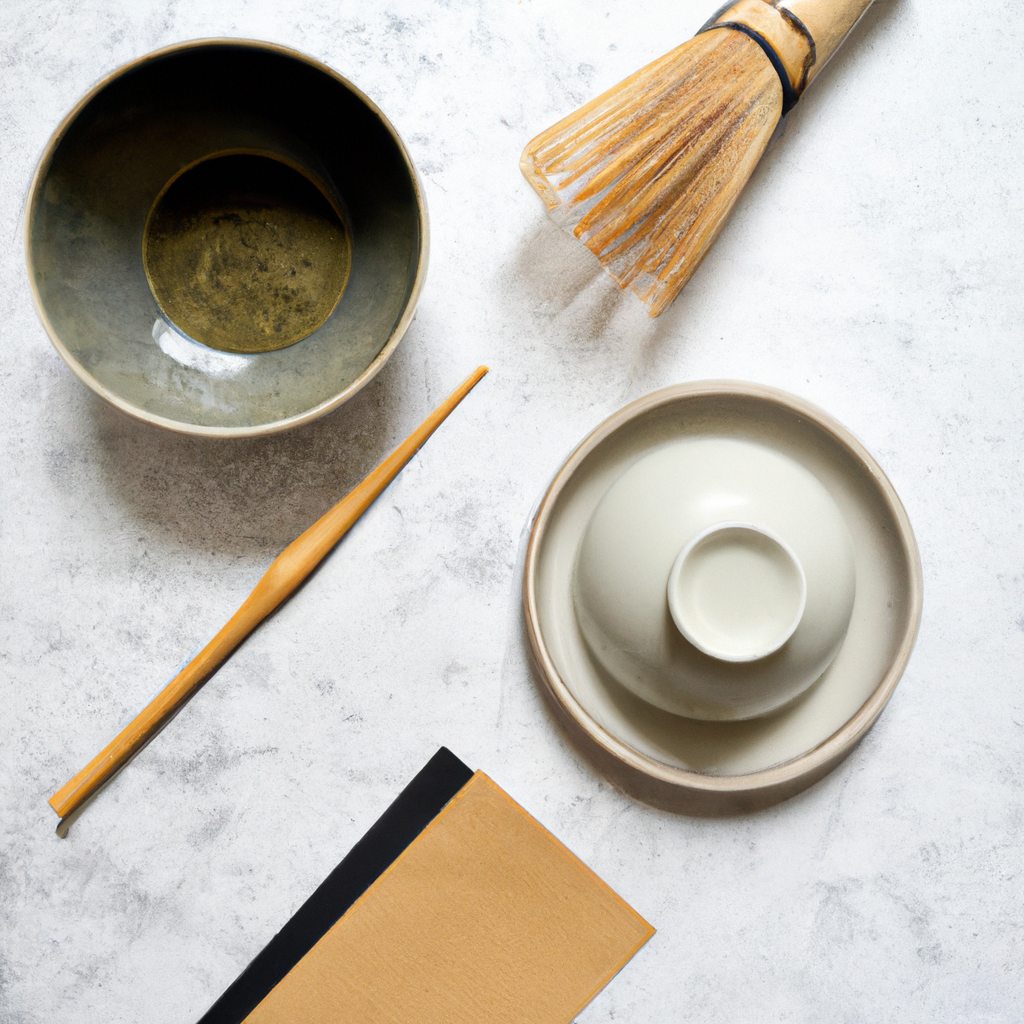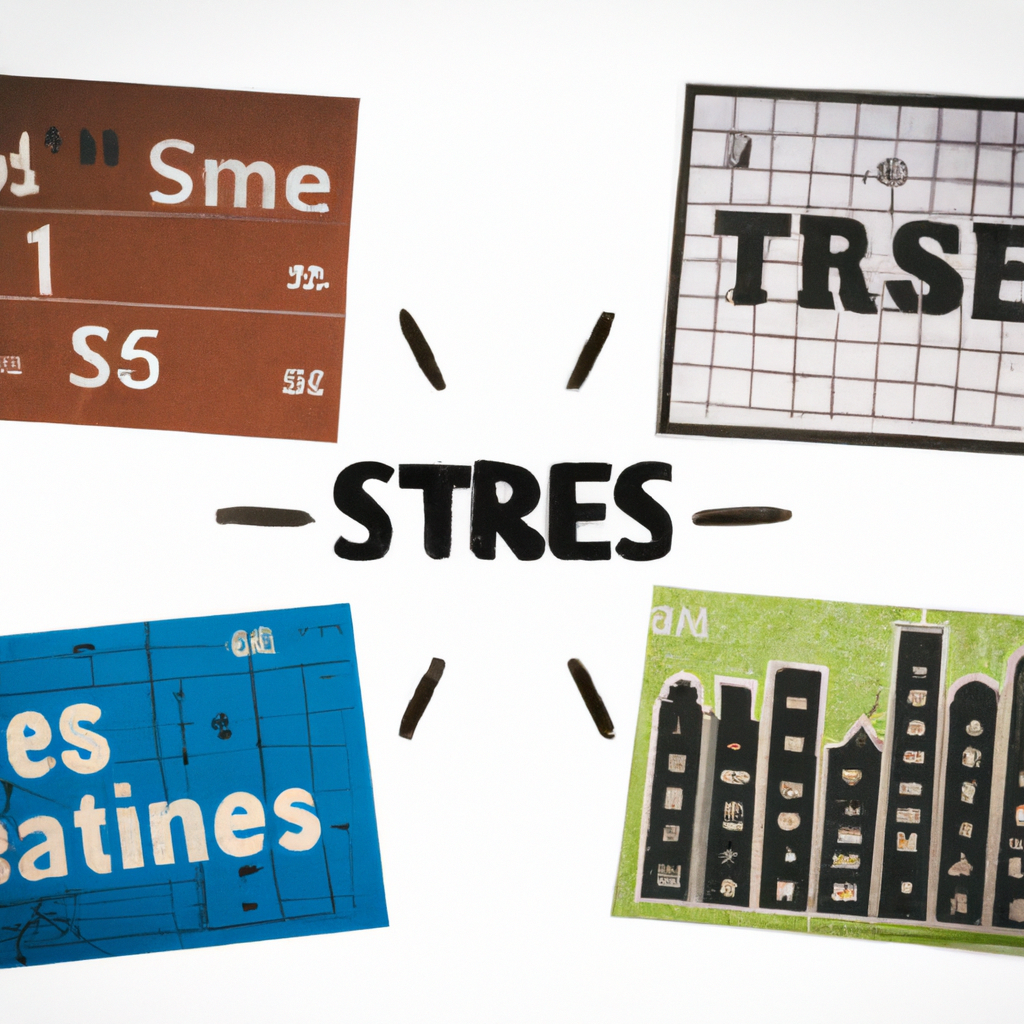Unraveling the Secrets of Japans Tea Ceremony: A Deep Dive into a Centuries-Old Tradition


Unraveling the Secrets of Japan’s Tea Ceremony: A Deep Dive into a Centuries-Old Tradition
The Japanese tea ceremony, known as Chanoyu or Sado, is a revered cultural practice that dates back centuries. This traditional ritual is much more than just a way to enjoy a cup of tea—it embodies harmony, respect, purity, and tranquility.
At the heart of the tea ceremony is the preparation and serving of matcha, a finely ground green tea that is whisked into a frothy delight. The process is meticulous and deliberate, with every movement carefully choreographed to create a harmonious and peaceful atmosphere.
One of the key elements of the tea ceremony is the tea room itself, known as a chashitsu. These serene spaces are designed to foster a sense of tranquility and mindfulness, with simple décor and natural elements that invite guests to escape the chaos of the outside world.
Every aspect of the tea ceremony is steeped in tradition and symbolism, from the precise way the tea is prepared to the specific movements and gestures used by the host. Each element carries deep meaning, reflecting concepts such as respect for nature, gratitude, and the impermanence of life.
Participating in a traditional Japanese tea ceremony is a truly immersive experience that offers a glimpse into a world where every action is a form of art, and every moment is an opportunity for mindfulness and reflection. It is a practice that encourages individuals to slow down, appreciate the present moment, and find beauty in simplicity.
In a fast-paced world filled with distractions, the tea ceremony serves as a powerful reminder of the importance of slowing down, connecting with others, and finding moments of peace and serenity in our daily lives. By unraveling the secrets of Japan’s tea ceremony, we can learn valuable lessons about mindfulness, respect, and the beauty of tradition that have endured for centuries.










